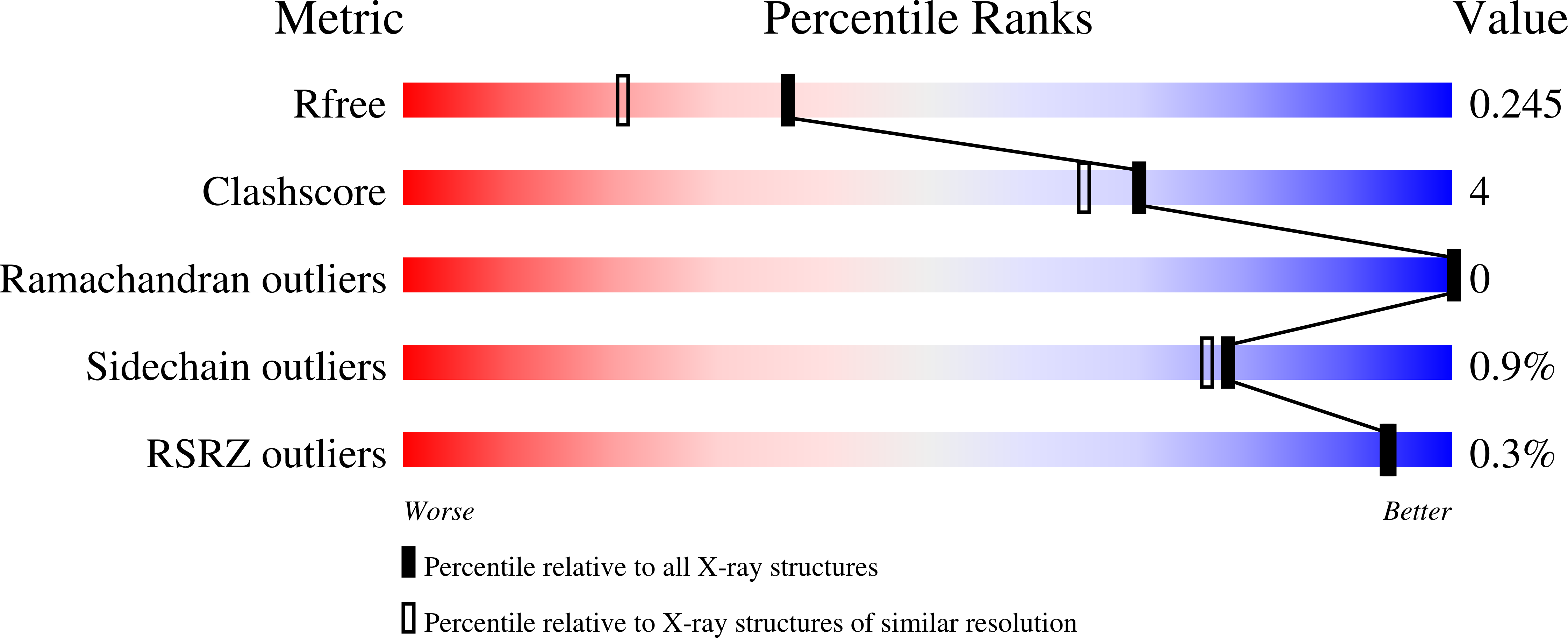
Deposition Date
2021-02-07
Release Date
2021-12-01
Last Version Date
2024-11-06
Entry Detail
Biological Source:
Source Organism:
Influenza A virus (A/duck/Fujian/13/2002(H5N1)) (Taxon ID: 274828)
Homo sapiens (Taxon ID: 9606)
Homo sapiens (Taxon ID: 9606)
Host Organism:
Method Details:
Experimental Method:
Resolution:
1.88 Å
R-Value Free:
0.24
R-Value Work:
0.19
R-Value Observed:
0.19
Space Group:
P 1 21 1


